If you’re looking for a fun and unique activity to do in San Diego, tide pooling is the perfect option! Each day, California experiences two high tides and two low tides. La Jolla is home to some of the best tide pools in Southern California, and this guide will teach you everything you need to know before visiting.
We’ll cover where to find them, what time of year is best to go, and how to make the most of your experience. So, pack your swimsuit and sunscreen and get ready for an adventure!
Best Time to Visit Tide Pools
Tide pooling has become a more popular thing to do year-round due to the increased interest in ways to get outside in San Diego. The best time to visit the tide pools is during the low tide when you’ll have more access to the rocks and creatures that live there. The best time of year to go is in the summer or fall when the water is warmest. To find out when the low tide will be, you can check online for the tide pool charts or ask a local.
Once you’ve found a good spot, take your time exploring and looking for interesting critters. Remember to be respectful of the animals and their habitat – don’t touch or disturb anything. If you want to take pictures, make sure to use a flash so you don’t startle them. And most importantly, have fun! Tide pooling is a great way to experience nature and get up close and personal with some amazing creatures.
Best La Jolla Tide Pool Locations
Dike Rock
Dike Rock is located just to the north of Scripps Pier. Because it’s one of the finest tide pools in La Jolla, Birch Aquarium offers tide pooling excursions there.
Dike Rock is unique because it contains a lot of sandy soil interspersed with big rock formations. The sand attracts juvenile fish, blind gobies, and various shrimp.
Directions: The best place to park is the La Jolla Shores Beach parking lot. You’ll walk onto the beach and head north toward Scripps Pier. Pass the pier and continue walking for a few hundred yards until you reach the rocky area at low tide.
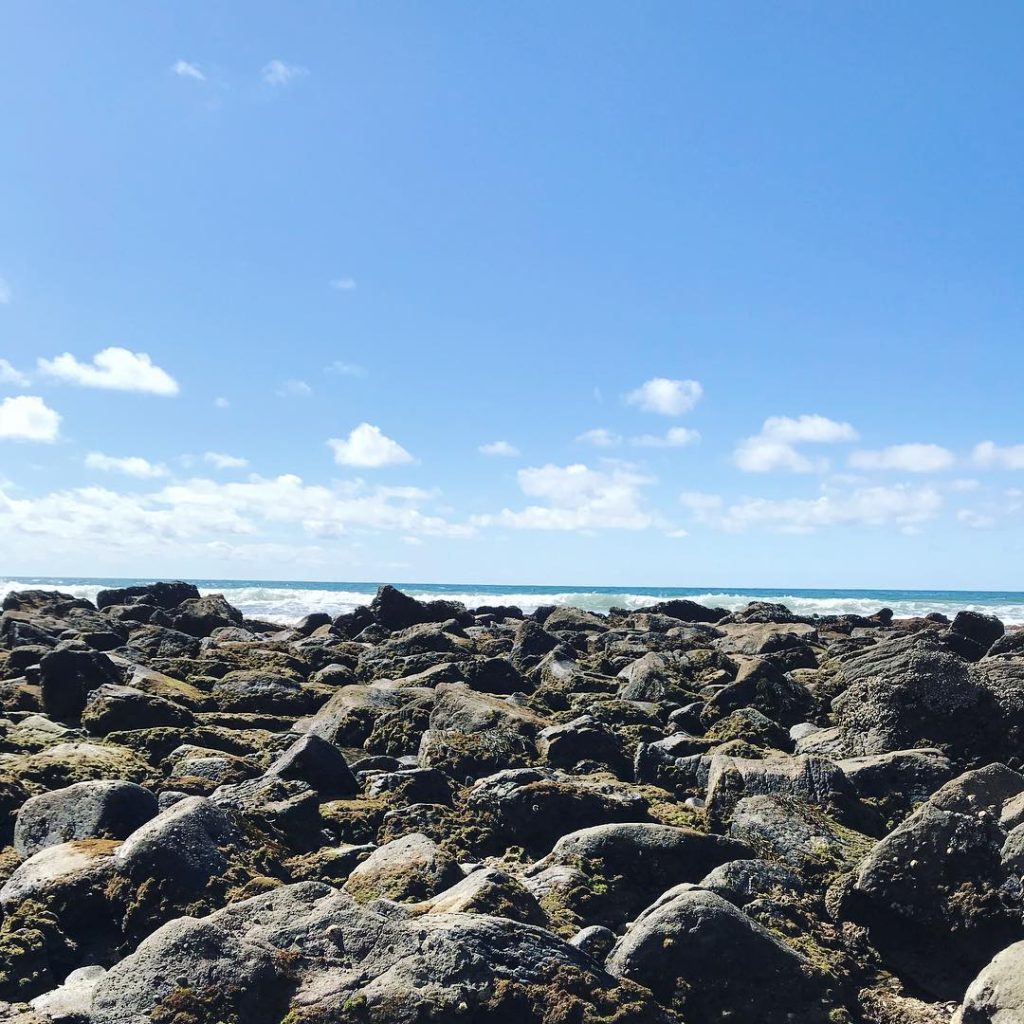
La Jolla Shores Beach
At low tides, a lot of baby sea hares have been seen here recently. This reef formation is also interesting to look at for typical marine creatures such as hermit crabs, tube snails, sea cucumbers, and more. If the tides are low enough, it’s easy to explore this area and Dike Rock on the same day. It’ll take you roughly 20 minutes on the sand between these two finest tide pools in La Jolla (not including changing your clothes).
Directions: Take I-8 to the La Jolla Shores exit and follow signs to the beach. Park in the La Jolla Shores Beach parking lot and stroll south on the sand past our two La Jolla beach hotels. You may also park on the street near The Marine Room restaurant and use the public beach access on the south side of La Jolla Beach & Tennis Club to enter the tide pools and stunning vistas at this extremely popular San Diego beach.
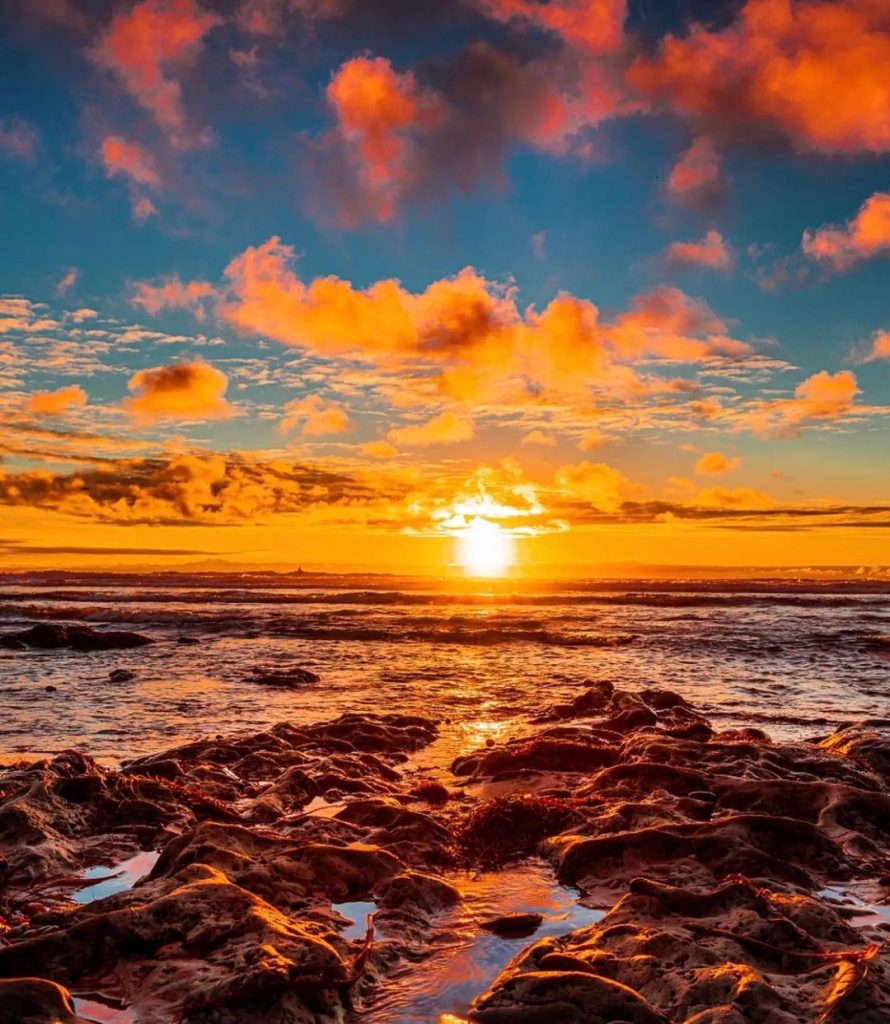
La Jolla Cove
At low tide, many of the La Jolla sea lions and seals migrate to small rock islets in the ocean at La Jolla Cove. This means you’ll be able to stroll out onto the vast flat rocky area called Point La Jolla between Boomer’s Beach and La Jolla Cove, where they would usually hang out.
Directions: Look for parking along Coast Blvd or nearby residential streets near La Jolla Cove tide pools. Paid lots may be necessary on busy days (weekends during the tide pooling season), depending on where you’re visiting. The closest is located at 650 Prospect Street in the La Jolla Financial Building.
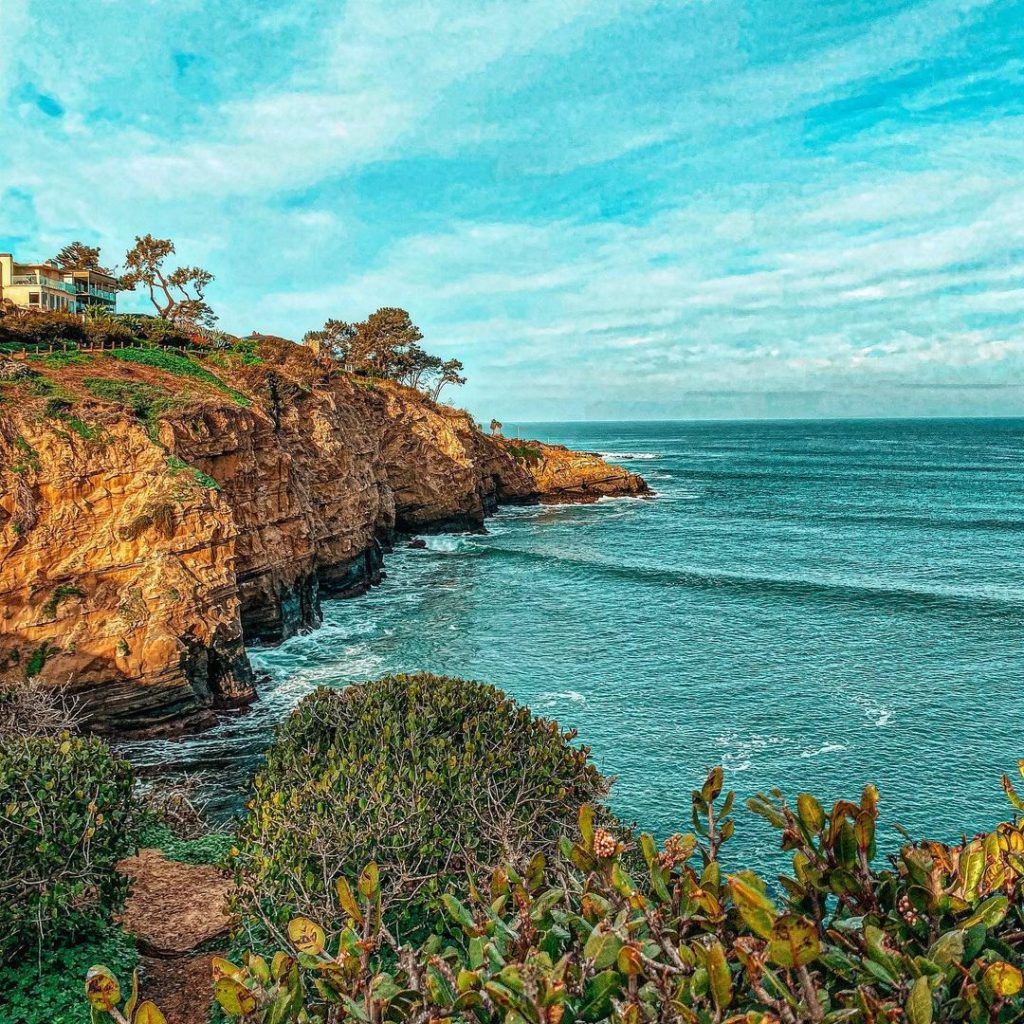
Shell Beach
You’ll see visible marine life at Shell Beach, including hermit crabs, limpets, tiny fish, and a few sea anemones. In the summertime, the Shell Beach tide pools occasionally emerge, which is not the usual tide pooling season.
Directions: The stairway to Shell Beach is near Ellen Browning Scripps Park on the south side, so park your car as if you were visiting La Jolla Cove.
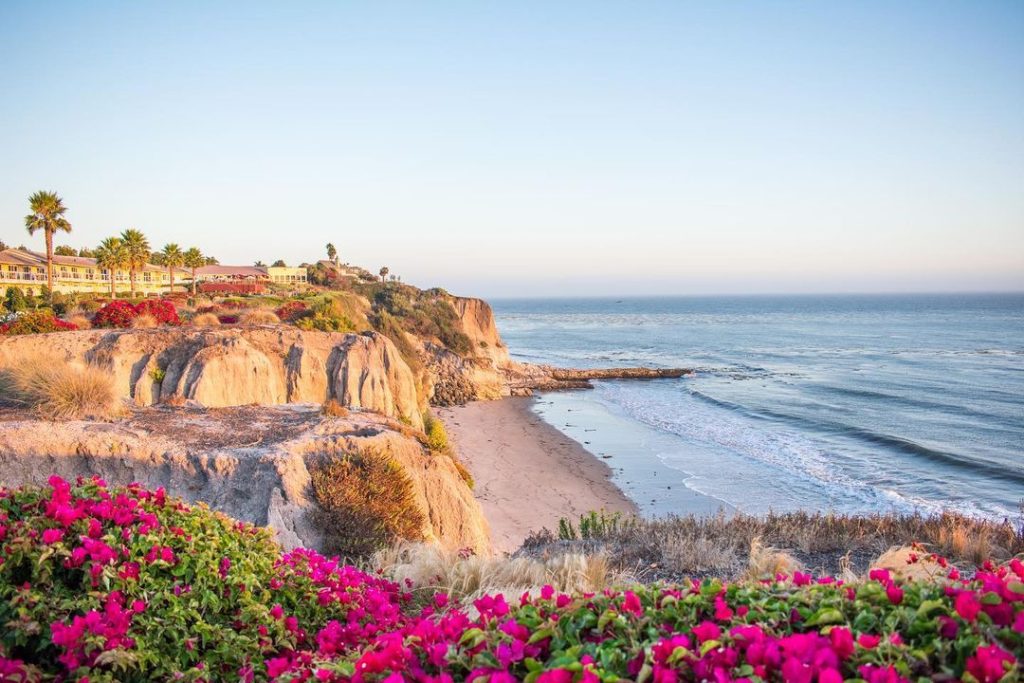
South Casa Beach
Continue south from Shell Beach to Children’s Pool Beach. South Casa Beach is located behind the Children’s Pool sea wall and lifeguard station (Children’s Pool is where the La Jolla harbor seals congregate). This is another tide pooling paradise with simple access via a stairway. Because there is sand as well as rocks, this tends to be a child-friendly location.
Directions: You may park at La Jolla Cove. There is also street parking on Coast Blvd or nearby residential streets if you prefer.
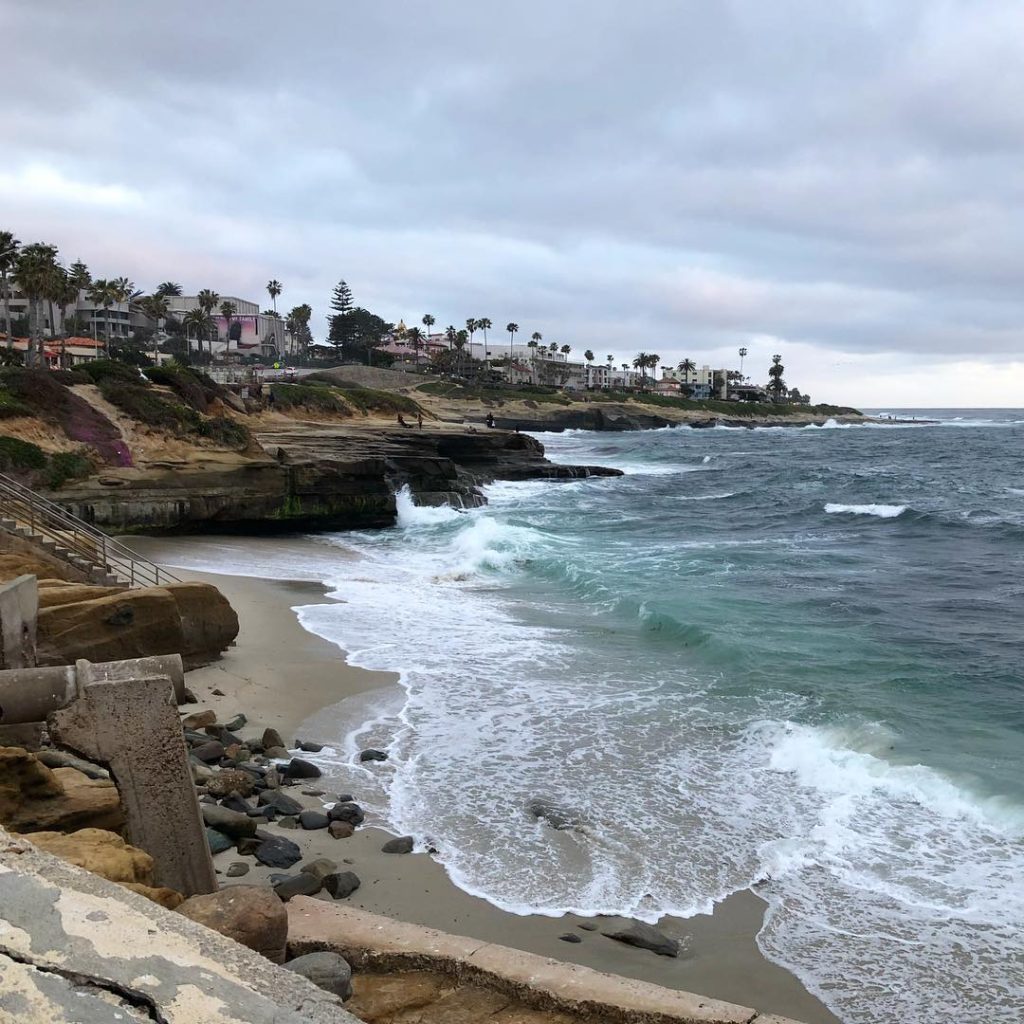
Between Wipeout Beach and Hospital Point
Wipeout Beach is a walkable distance south of South Casa Beach. Continue south to Wipeout Beach, which is located a few minutes farther down the road. Whale View Point and Hospitals are two of our favorite tide pooling locations that pass by here.
Most of the time, you’ll find rocky bluffs with tiny areas of sand. We’ve seen crabs, limpets, sea anemones, fish, sea slugs, and urchins in addition. Stay for the sunset!
Directions: Wipeout Beach is on the south side of Hospital Point, which is located at the intersection of Coast Blvd South and Coast Blvd South. Before splitting again, Wipeout Beach becomes temporarily merged with Coast Blvd South near where they joined temporarily before separating again. On any of these streets, there is usually street parking available. You’ll notice a little grass strip called Coast Boulevard Park below Hospital Point.
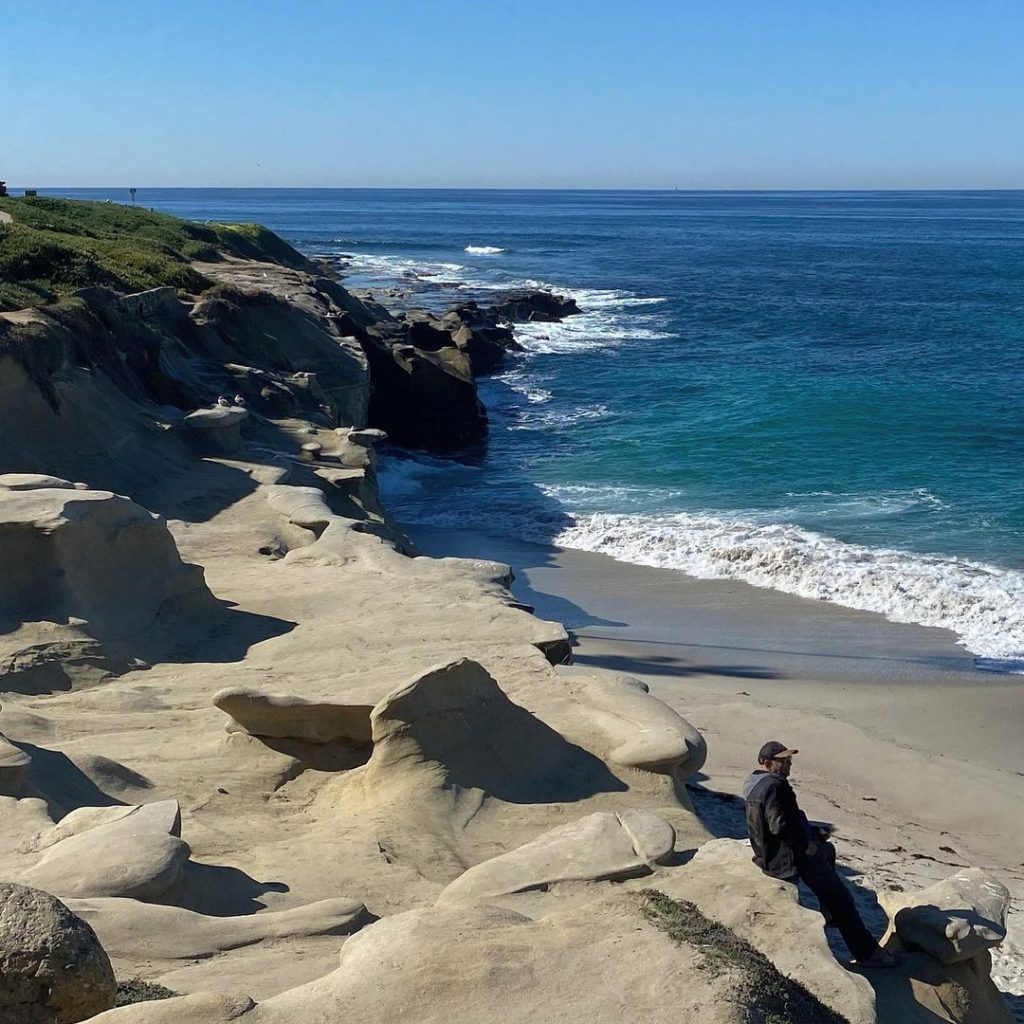
Windansea Beach
Windansea Beach beach is rather less crowded than some of the other beaches, with fewer people walking along its length. Instead of actual sand, you’ll find a lot more sandstone (that you’ll have to scramble down a bit), although it’s mostly visited by individuals looking for something different. Here, sea anemones and various crabs are most commonly seen.
Directions: Neptune Place is a long, narrow street that runs parallel to the beach. It connects Nautilus Street and Windansea Beach.
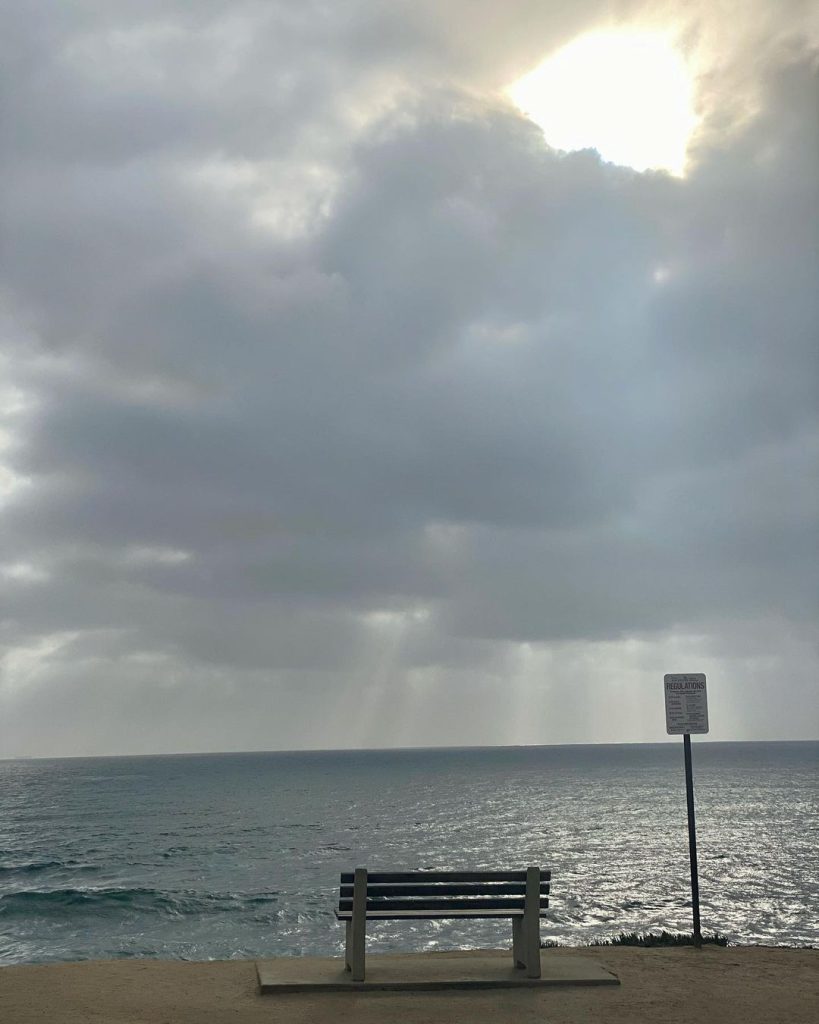
False Point
False Point is one of the best alternatives for people who reside or are staying in the Bird Rock neighborhood. Its appeal is that there are a lot of stones to negotiate, many of which are loose. This also implies that when walking on the rocks, you must be extremely cautious and keep an eye on little children since the tide pools and rocks are particularly slick.
Flipping over the rocks will reveal various creatures!
Directions: These Bird Rock tide pools are located at Sea Ridge Drive and Linda Way, where there is residential parking. Take the steps down to the beach from Sea Ridge Drive.
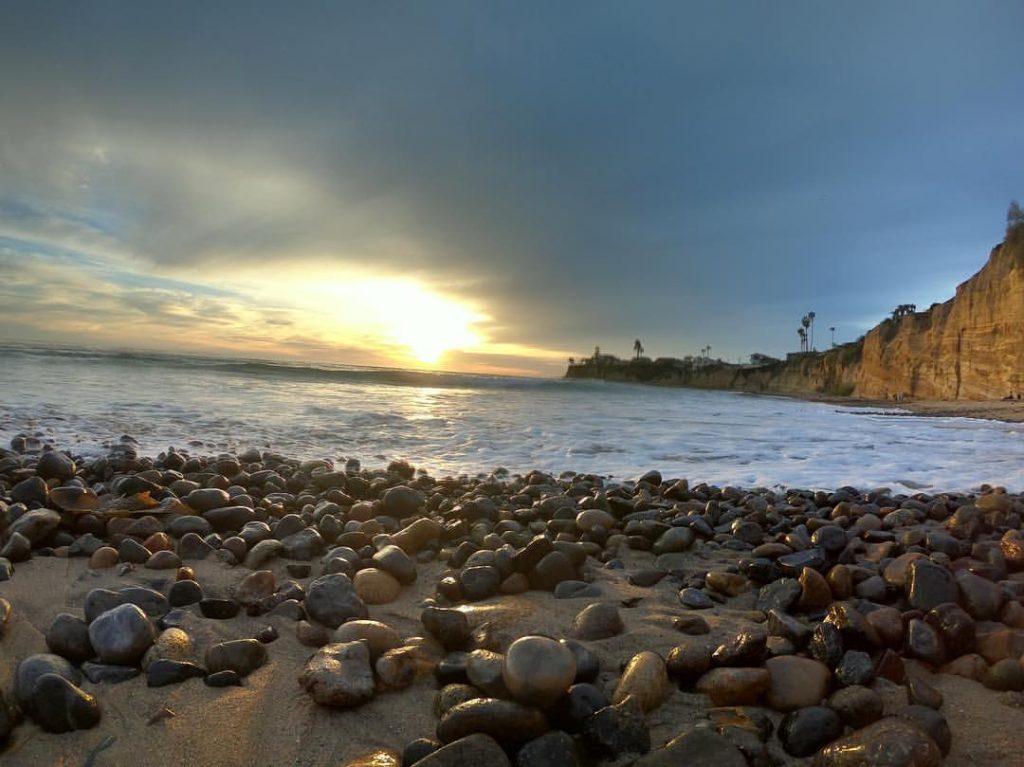
Conclusion for La Jolla Tide Pools in San Diego
Overall, the La Jolla tide pools are a great place to explore and learn more about the local marine life. Be sure to bring some food and water with you, as there are no restaurants or cafes nearby. And remember to respect the creatures that call these tide pools home – don’t touch or disturb them in any way. With a little planning and preparation, you’re sure to have a great time exploring these natural wonders.
Other articles you might like:



131 Comments
Comments are closed.